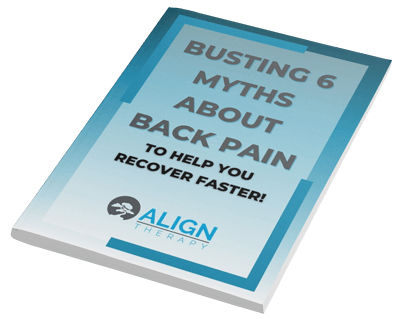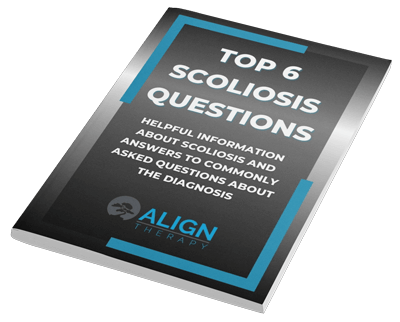First, a discussion on what ice and heat do to the body.
HEAT
Most people mentally prefer heat over ice because it feels good and is soothing. Some of the effects of heat include:
- Vasodilation – An increase in blood flow with the blood vessels getting large to transport more blood to the area that is being heated.
- Increased Elasticity – The muscles and tissues become more flexible as a result of the increase in temperature.
- Muscle Relaxation – The heating of certain areas of the muscle cause the muscle to relax as sensory nerves are stimulated.
- Increased nerve conduction – Increased temperature causes some increase in nerve input and can help to lessen the signals from pain nerves while increasing signals from touch nerves.
COLD
Even though cold may not feel as good as heat, there are many very beneficial things it can do for the body. Some of those effects include:
- Vasoconstriction – A slowing of blood flow to the area due to the blood vessels getting smaller.
- Decreased Metabolism – With a decrease in temperature, the cells in that area do not need as much nutrients due to a decrease in metabolism within the cell. This plays a large role in acute injury.
- Decreased nerve conduction – Slowing of all nerve signals in the area. This is why the skin and the tissue around the ice can feel numb.
- Muscle Relaxation – With decreasing nerve input to the muscle, we usually get more relaxation.
- Decreased Swelling – With decreased blood flow, we get less fluid going to the area, as well as fewer inflammatory signals being sent.
Now, knowing the effects of Heat and Ice, here are some different aches and pains and how we would determine which to use.
- Acute Injury – Such as an ankle sprain, pulled muscle, torn ligament, bruise, etc
- Initially after an injury, the body’s natural healing response is to send in the troops. In this case, “the troops” is inflammation and the many cells and reactions that happen to heal the body. This results in increased blood flow and swelling.Blood flow is needed to heal the tissue, but when it becomes excessive or increases the swelling too much, we can have consequences that impede healing of the tissue. Compression due to swelling can block the flow of oxygen to the remaining healthy tissue resulting in more tissue trauma and inflammation.
- In this case, Ice would be the correct choice to slow the blood flow and control swelling and inflammation for the first 72 hours. Ice can also help with pain relief during the acute phase. Heat would result in more blood flow and inflammation, possibly causing more tissue damage.
- Subacute Injury – After the initial inflammatory phase of the injury.
- After the initial 72 hours of an injury, usually the inflammatory process has decreased to where the swelling and inflammation are not building anymore, and the tissue is continuing to heal. This is a crucial phase of healing sometimes characterized by stiffness and pain with movement.The tissue is not healed fully at this point, but usually you begin to feel better and have less pain at rest. Protection from further injury is important, but usually you can begin being more active.
- The choice between Heat or Ice becomes a little more individual at this point. For large injuries, this would be a good time to continue ice until the pain and swelling go down further, but if there is more stiffness than pain, heat would be a good option to add mobility. If the pain is still elevated, ice would be the best choice to decrease the pain. Heat may be a good option to loosen the tissue before activity, with ice afterward to control any increase in inflammation.
- You can also alternate heat and ice at this point to control inflammation and decrease stiffness.
- Stiffness or tightness – Tight muscles, arthritis, stiff joints, etc.
- Tension and stiffness can cause pain as well limit movement. Reasons for this can range from muscle guarding due to weakness, posture, or arthritis joint irritation.
- Usually Heat helps to decrease tightness in the muscles and joints by increasing blood flow to the tissues and increasing elasticity and flexibility of the muscles and structures surrounding the joint. Increased blood flow can also help aide the healing process as well.
- After Surgery – Knee scopes, rotator cuff repairs, carpal tunnel release, etc.
- With surgery comes acute inflammation, and ice is the best choice to decrease swelling, pain, and inflammation, unless directed otherwise by your doctor.
- After the acute phase, you can use Heat or Ice as directed in the subacute phase.
Caution when Applying Heat or Ice
Whether you are using heat or ice, make sure you are not leaving it on for long periods of time or over an area where you don’t have good sensation. Ice can cause Frost Bite if the skin’s temperature gets too low, and heat can cause a burn on the skin. Make sure you are checking your skin regularly to make sure this is not happening, and usually limit icing to 15-20 minutes, and heating to 15-30 minutes. (Sometimes after surgery, icing can be done for a longer period of time depending on the surgery)
With the abuse and over utilization of pain medication, Ice and Heat are great ways to manage pain, and each have very few side effects. If you have questions about specific circumstances, please comment or contact me!
David Butler, Physical Therapist






